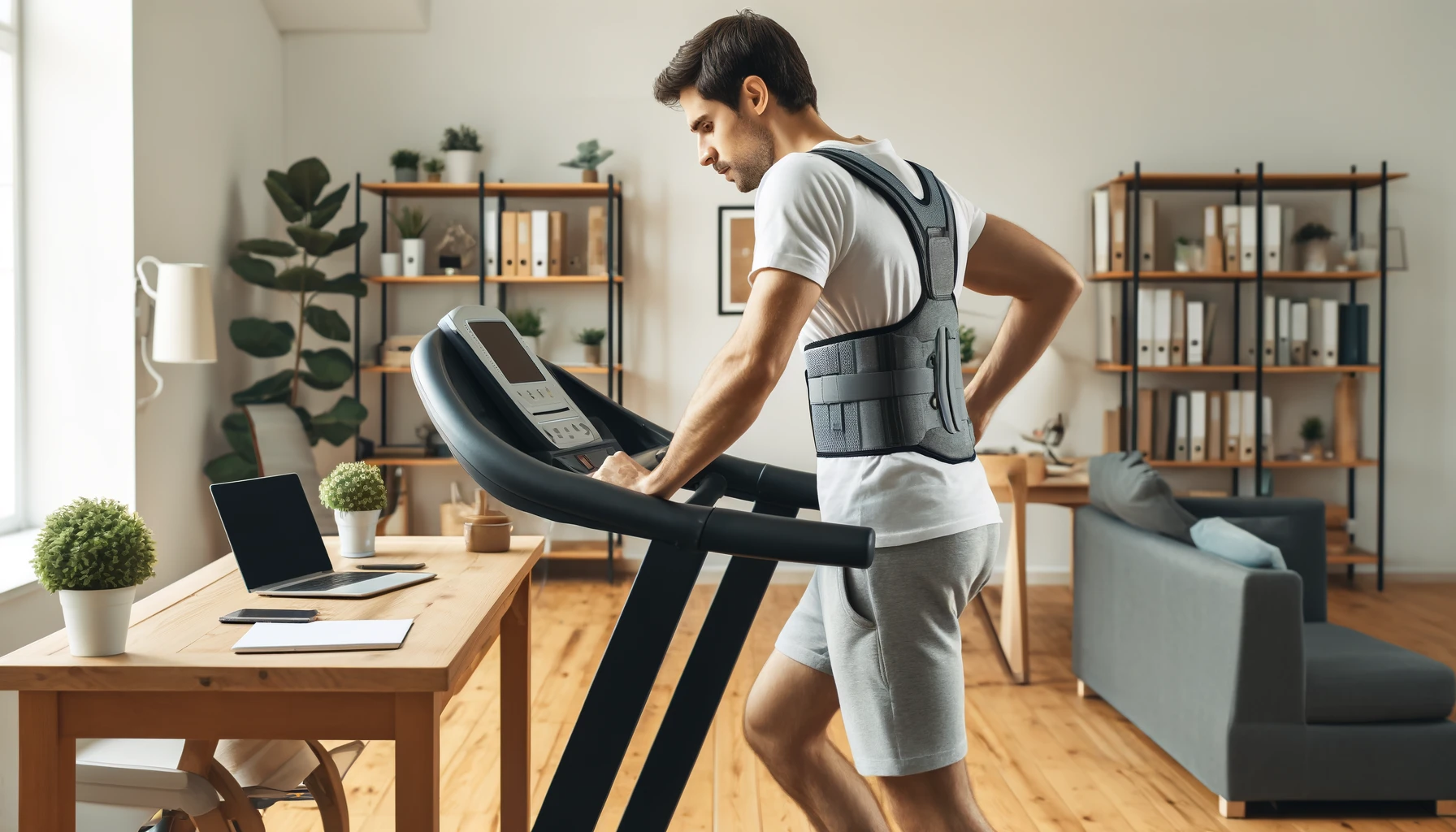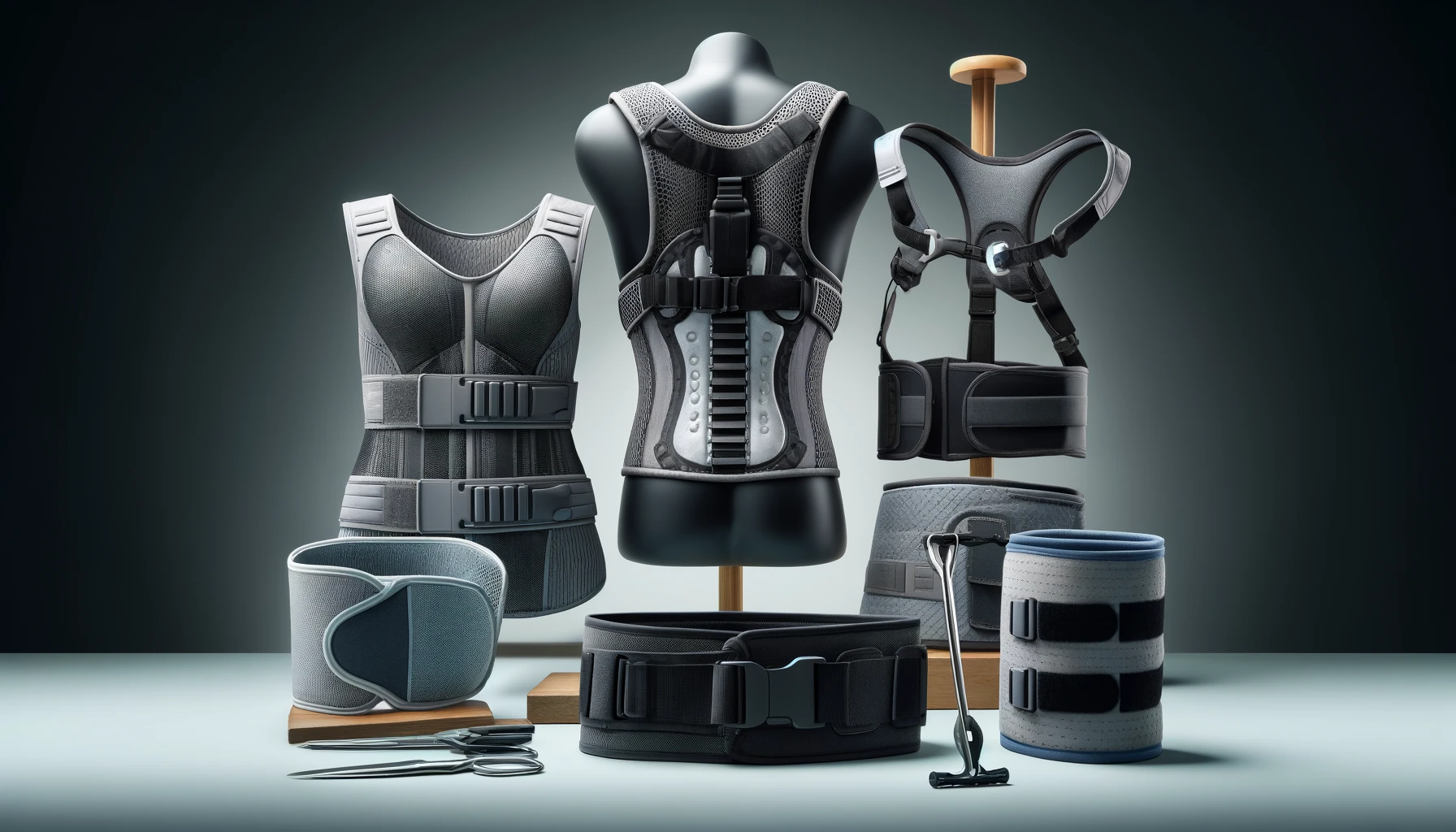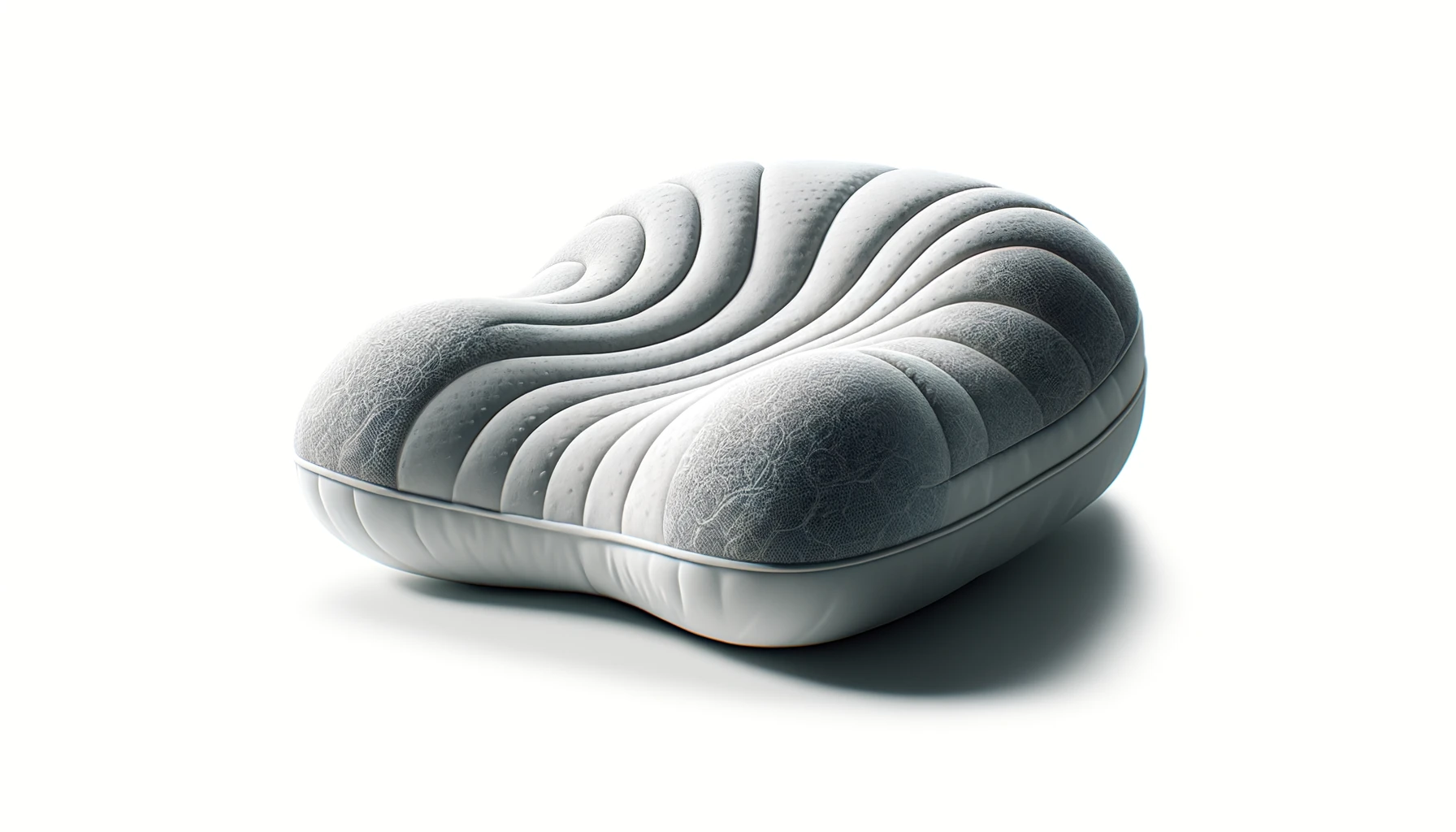Understanding the Importance of Orthopedic Belts in Sports
Orthopedic belts play a vital role in providing support, stability, and protection for athletes participating in various sports. Whether you're a professional athlete or an amateur, wearing the right orthopedic belt can significantly impact your performance and overall wellbeing.
Exploring the Different Types of Orthopedic Belts
Lumbar Belts: Lumbar belts, also known as lower back belts or back braces, are designed to support the lower back region during sports activities. These belts are particularly beneficial for athletes who participate in activities that put stress on the lower back, such as weightlifting, basketball, or football. They provide compression and stability to the lumbar spine, helping to alleviate lower back pain and reducing the risk of injury.
Pelvic Belts: Pelvic belts are specifically designed to support the pelvic region and can be particularly helpful for sports that involve a lot of hip and pelvic movement, such as running, cycling, and golf. By stabilizing the pelvis, these belts help improve biomechanical efficiency and reduce the risk of hip-related injuries.
Abdominal Belts: Abdominal belts, also known as core support belts, provide compression and support to the abdominal area, which is essential for sports that require core stability, such as weightlifting, gymnastics, and contact sports like rugby or wrestling. These belts help engage the core muscles, improve posture, and reduce the risk of abdominal strains or hernias.
Thoracolumbar Belts: Thoracolumbar belts are designed to support the thoracic and lumbar regions of the spine, making them ideal for sports that involve a lot of twisting and bending motions, such as golf, tennis, or baseball. By providing stability to the spine, these belts help reduce the risk of back injuries and improve overall performance.
Sports-Specific Belts: Some orthopedic belts are tailored for specific sports, such as golf belts or weightlifting belts. These belts are designed to accommodate the unique demands and movements of the sport, providing targeted support and protection where it's needed most. For example, a weightlifting belt may provide extra support to the lower back during heavy lifts, while a golf belt may help stabilize the spine during the golf swing.

Materials and Construction
Orthopedic belts are typically made from breathable, adjustable materials like neoprene, nylon, and polyester. These materials offer flexibility, durability, and moisture-wicking properties, making them ideal for sports activities where comfort and performance are essential. Additionally, orthopedic belts often feature adjustable straps or closures, allowing athletes to customize the fit and compression level to their liking.
Benefits of Orthopedic Belts in Sports Performance
Orthopedic belts are more than just accessories; they are essential tools for athletes looking to enhance their performance and reduce the risk of injury during sports activities. In this section, we'll explore the various benefits that orthopedic belts offer to athletes of all levels.
1. Enhanced Stability and Support
One of the primary benefits of orthopedic belts is their ability to provide stability and support to key areas of the body, such as the lower back, pelvis, and abdomen. By wearing a properly fitted orthopedic belt, athletes can reduce excessive movement and stabilize vulnerable areas, allowing for more controlled and efficient movement during sports activities.
2. Injury Prevention and Rehabilitation
Orthopedic belts play a crucial role in injury prevention and rehabilitation for athletes recovering from injuries or managing chronic conditions. For example, athletes with a history of lower back pain may benefit from wearing a lumbar belt to provide additional support and reduce the risk of re-injury during physical activity. Similarly, athletes recovering from pelvic or abdominal injuries can use specialized belts to support the affected area and facilitate the healing process.
3. Improved Biomechanics and Performance
Proper biomechanics are essential for optimizing athletic performance and reducing the risk of overuse injuries. Orthopedic belts help promote correct movement patterns and posture by providing proprioceptive feedback and tactile cues to the body. This can result in improved technique, power output, and endurance, leading to enhanced athletic performance on the field, court, or track.
4. Comfort and Confidence
Comfort is key when it comes to sports performance, and orthopedic belts are designed with athlete comfort in mind. Made from breathable, moisture-wicking materials, these belts offer a comfortable fit that allows for unrestricted movement and airflow during physical activity. Additionally, the added support and stability provided by orthopedic belts can give athletes the confidence they need to push themselves to the limit and perform at their best.
5. Versatility and Adaptability
Orthopedic belts come in a variety of types and styles to suit the unique needs and preferences of different athletes. Whether you're a weightlifter, runner, golfer, or martial artist, there's an orthopedic belt designed specifically for your sport and activity level. Plus, many orthopedic belts feature adjustable straps or closures, allowing athletes to customize the fit and compression level to their liking.
Choosing the Right Orthopedic Belt and Proper Usage
Selecting the appropriate orthopedic belt and using it correctly are critical steps in maximizing its benefits and ensuring optimal performance and safety during sports activities. In this section, we'll explore practical tips for athletes to choose the right belt for their needs and provide insights into proper belt usage and care.
Tips for Choosing the Right Orthopedic Belt
Identify Your Needs: Consider the specific requirements of your sport or activity, as well as any existing injuries or conditions you may have. This will help you narrow down the type of orthopedic belt that best suits your needs, whether it's a lumbar belt for lower back support or a pelvic belt for hip stability.
Consult with a Healthcare Professional: If you're unsure which type of orthopedic belt is right for you, consult with a sports medicine physician, physical therapist, or orthopedic specialist. They can assess your individual needs and provide personalized recommendations based on your unique circumstances.
Consider Fit and Comfort: Choose an orthopedic belt that fits snugly but comfortably around the targeted area without restricting movement or causing discomfort. Look for belts with adjustable straps or closures that allow for a customized fit and compression level.
Evaluate Material and Construction: Pay attention to the materials used in the construction of the orthopedic belt, as well as the quality of craftsmanship. Opt for belts made from breathable, moisture-wicking materials like neoprene or nylon that offer durability and flexibility during sports activities.
Test for Range of Motion: Before purchasing an orthopedic belt, test it for range of motion to ensure it allows for natural movement and flexibility while providing the necessary support and stability. Perform sport-specific movements or exercises while wearing the belt to assess its effectiveness and comfort.

Proper Usage and Care
Follow Manufacturer's Instructions: Read and follow the manufacturer's instructions for proper usage and care of your orthopedic belt. This may include guidelines for wearing the belt during specific activities, as well as recommendations for cleaning and maintenance.
Gradually Increase Wear Time: If you're new to wearing an orthopedic belt, gradually increase the amount of time you wear it during sports activities to allow your body to adapt. Start with shorter durations and gradually increase the wear time as you become more comfortable with the belt.
Listen to Your Body: Pay attention to how your body responds to wearing the orthopedic belt and adjust accordingly. If you experience any discomfort or irritation while wearing the belt, remove it immediately and consult with a healthcare professional.
Monitor Belt Condition: Regularly inspect your orthopedic belt for signs of wear and tear, such as fraying seams or damaged straps. Replace the belt if it shows signs of deterioration to ensure continued support and effectiveness during sports activities.
By following these tips for choosing the right orthopedic belt and using it correctly, athletes can maximize its benefits and minimize the risk of injury during sports activities. Remember to prioritize comfort, fit, and quality when selecting an orthopedic belt, and consult with a healthcare professional if you have any concerns or questions regarding its usage or effectiveness.
More articles
Understanding Orthopedic Pillows for Healthy Sleep
Unlock the secrets to a restful night's sleep with orthopedic pillows. Explore our comprehensive guide to choosing, using, and maximizing the benefits of orthopedic pillows for enhanced comfort and im
Read moreOrthopedic Care Excellence: Optimal Outcomes & Key Factors for Success
Discover how to achieve optimal orthopedic outcomes with a focus on early diagnosis, patient-centered care, advanced technology, and comprehensive rehabilitation. Learn about the key factors and innov
Read moreTop 5 Orthopedic Exercises to Relieve Joint Pain and Improve Mobility
Discover the top 5 orthopedic exercises to relieve joint pain and improve mobility. Learn how knee lifts, leg raises, bridges, seated marching, and hip circles can strengthen your muscles, enhance fle
Read more